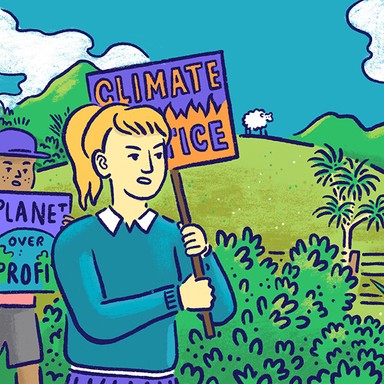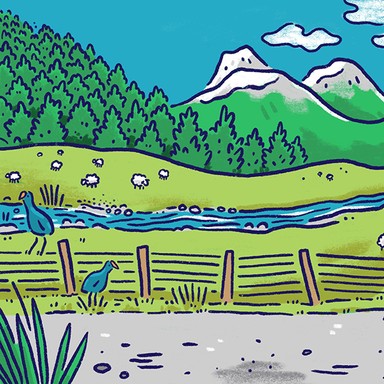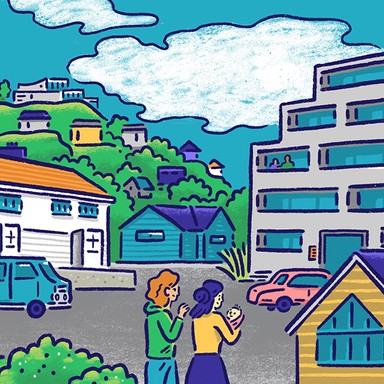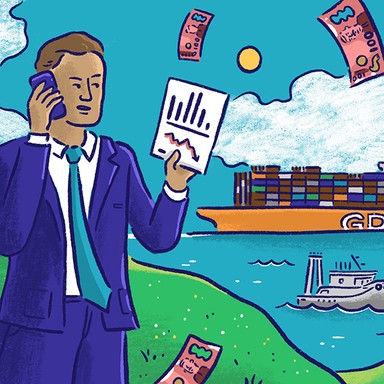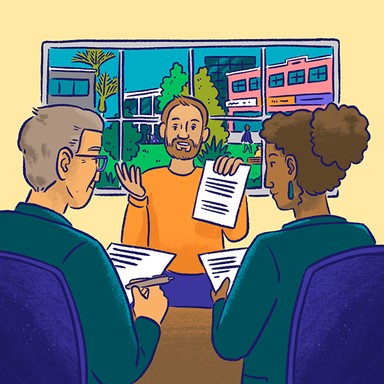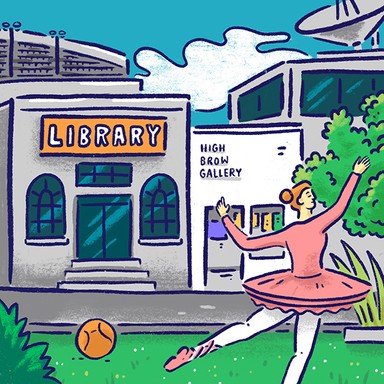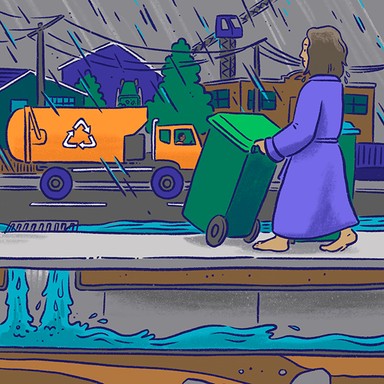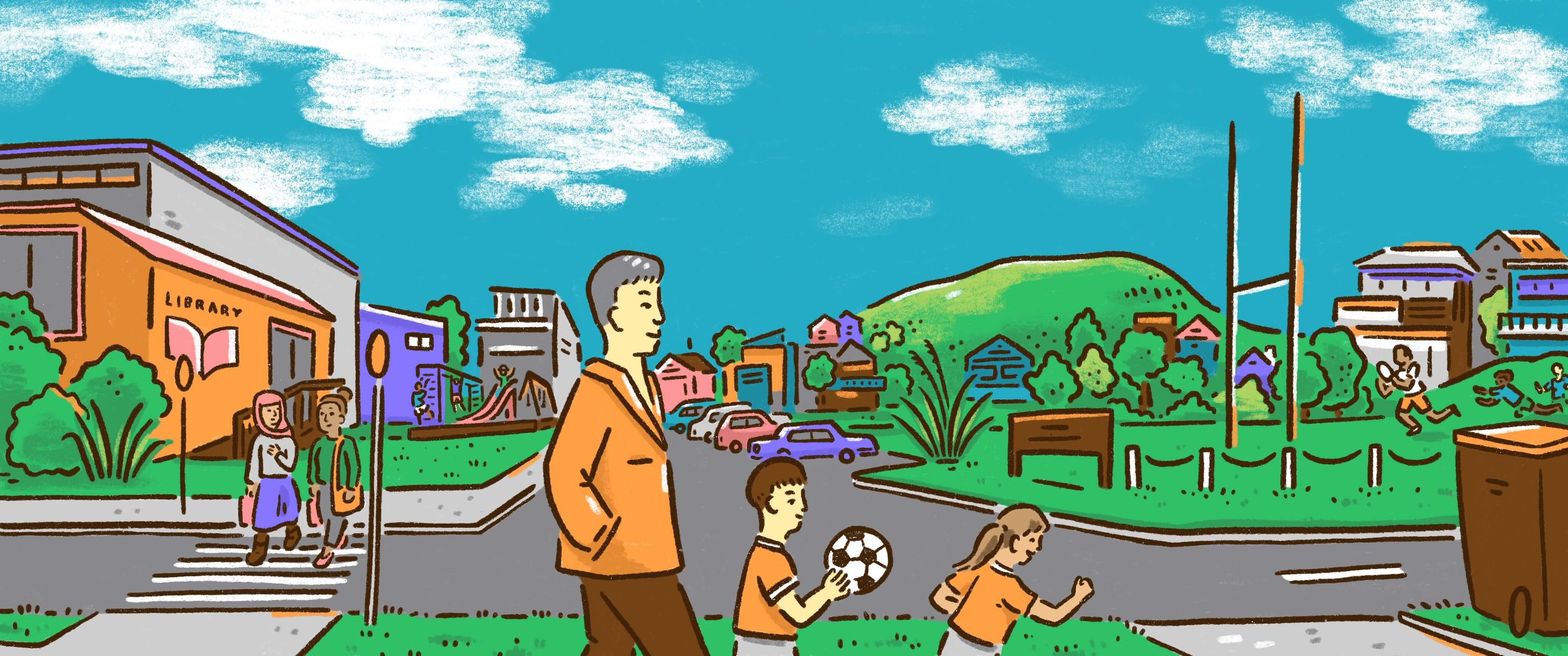
Whakatāne-Ōhope Community Board
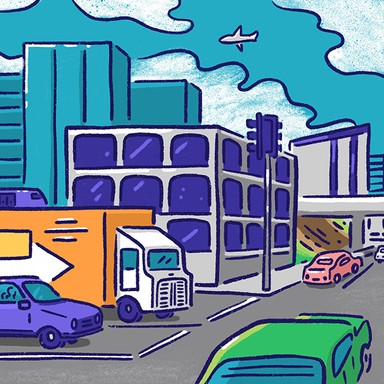
Transport
Helping communities get from A to B is a key responsibility of local government, from making sure the buses run on time to providing car parking and walking and cycling paths. Whether public transport is the responsibility of the regional or local council depends on where you are in the country. Local councils also own 87% of New Zealand’s roads.

Transport
Helping communities get from A to B is a key responsibility of local government, from making sure the buses run on time to providing car parking and walking and cycling paths. Whether public transport is the responsibility of the regional or local council depends on where you are in the country. Local councils also own 87% of New Zealand’s roads.
Improve cycle/walking tracks. Make them safe. Connect infrastructure with pathways. Showcase our beautiful environment.
Lower speed limits until safety improvements can be afforded.
Improve public transport.
Support action to improve public transport which helps get people to jobs, education and is better for the environment.
Advocate for safer streets to encourage a shift towards active modes of transport.
Advocate for improved accessibility of our streets, especially for people who use mobility aids.
Collaborate with local community groups such as Bike Trust Whakatāne to advocate for improved cycle infrastructure.
Work alongside Whakatāne Police to help minimise youth crime and ram raids in retail areas and local businesses.
Whakatāne is perfect for e-scooters to help ease traffic congestion, help our environment and minimise the fuel cost at the moment.
Public transport is a must. We need to create more incentives to get everyday people to use public transport rather than private vehicles.
Transport infrastructure, car parks and footpaths. This is where our council does shine and is doing amazing.
Work with council to build more cycle ways for public use.
Help the council offer better education to residents on behaviour on roads, and protect walkers and cyclists.
Work with regional council to provide better public transport and routes for this region. This will include support for a second bridge.
Improve cycle/walking tracks. Make them safe. Connect infrastructure with pathways. Showcase our beautiful environment.
Lower speed limits until safety improvements can be afforded.
Improve public transport.
Support action to improve public transport which helps get people to jobs, education and is better for the environment.
Advocate for safer streets to encourage a shift towards active modes of transport.
Advocate for improved accessibility of our streets, especially for people who use mobility aids.
Collaborate with local community groups such as Bike Trust Whakatāne to advocate for improved cycle infrastructure.
Work alongside Whakatāne Police to help minimise youth crime and ram raids in retail areas and local businesses.
Whakatāne is perfect for e-scooters to help ease traffic congestion, help our environment and minimise the fuel cost at the moment.
Public transport is a must. We need to create more incentives to get everyday people to use public transport rather than private vehicles.
Transport infrastructure, car parks and footpaths. This is where our council does shine and is doing amazing.
Work with council to build more cycle ways for public use.
Help the council offer better education to residents on behaviour on roads, and protect walkers and cyclists.
Work with regional council to provide better public transport and routes for this region. This will include support for a second bridge.
Mayor
Compare the mayoral candidates in your area
Local council
Compare the candidates for your city or district council
Regional council
Compare the candidates for your regional council
Local board
Compare the candidates for your local or community board
